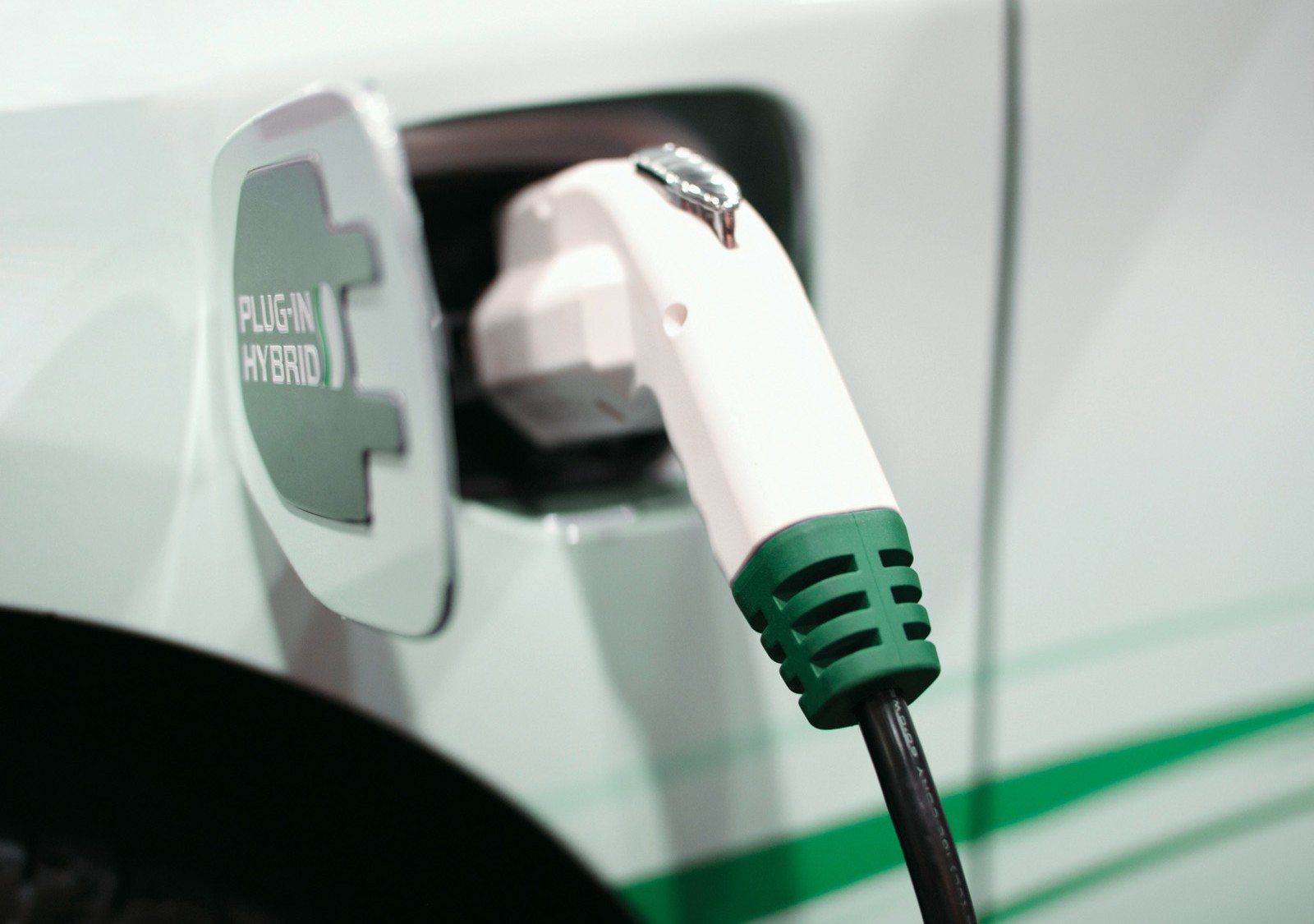Electric vehicles (EVs) have had a bumpy ride. Like the latest over-promoted film flop, they’ve seldom lived up to their hype. Long charge times, inadequate infrastructure and highway impracticality have kept the “car of the future” out of present-day garages.
But things are changing, and they’re changing quickly. In the New York Times bestseller, The Second Machine Age, authors Erik Brynjolfsson and Andrew McAfee, note that society is at an “inflection point” citing that digital technologies that had once been “laughably bad” suddenly got “very good.”
Tesla driver Michael Subasic of Calgary couldn’t agree more. “What you’re going to see soon,” he muses from behind the dash of his Tesla Model S85D, “is every major car manufacturer will have an electric offering and more of their line will be electric than fossil-fuel powered.” Ford, for instance, recently announced a $4.5-billion investment in its EV division. Over the next five years, the company plans to launch 13 new electric models, including a revamped, 100-percent electric version of the ever- popular Ford Focus.
Rapid advances in digital technology coupled with major investments in EV infrastructure like charging stations are making the vehicles more accessible and user-friendly. Albertans can currently find nearly 50 EV charging stations across the province, from Edmonton and Calgary to Grand Prairie, Medicine Hat, Fort McMurray, and many smaller communities in between. (Find a station near you at caa.ca/evstations)
EVs are becoming a more realistic alternative for drivers—so much so that they’re becoming owners’ primary vehicles rather than a secondary car reserved for photo shoots or quick trips to pick up milk. For Calgary driver Greg Petti, the purchase of his Tesla Model S P85D resulted in the unintended garaging of his previous ride.
So, EVs are ideal for daily jaunts and commuting, but what about a road trip to, say, Disneyland? Subasic did just that. A feat that would have once qualified as crazy at best, the 63-hour trip from Calgary to Anaheim cost Subasic “less than $7” and was easier than getting a fast pass for Space Mountain. A full charge took, on average, less than an hour and lasted about 325 kilometres, allowing the family to plan charging stops to coincide with food and bathroom breaks.
Of course, not all road trips are adventures in Tomorrowland—even in an electric car. Alberta winters pose a challenge regardless of what’s under the hood. One of the main roadblocks in EV adoption here has been battery performance and range in cold, sub-zero temperatures, a.k.a. “range anxiety.” It’s a concern Tesla’s new Calgary dealership hears frequently, but one easily quelled by news that an electric car (the Tesla Model S) is now the top-selling vehicle in Norway, a wintry climate comparable to Alberta.
Petti acknowledges, “inevitably cold weather has an impact on range. So if you are driving long distances in extreme cold, you might need more stops for longer periods.” But he adds that for city driving, his EV is much easier and more comfortable in the winter than his more traditional car powered by an internal combustion engine. EVs heat up instantly and allow enough battery power to operate the car and keep its interior comfortable in below zero conditions.
Beyond battery life, the next barrier to EV adoption has traditionally been price. But there’s good news there too. As manufacturers like Ford, Tesla, Nissan, Chevrolet and Kia invest more into electric technologies and roll out their EV fleets, sticker prices are coming down. But like their fossil-fuel counterparts, prices range from affordable to more aspirational. For a compact commuter car, consumers can expect to pay around $28,000. However, a premium extended-range sports car could top $100K.
Though Subasic steers clear of the gas-versus-electric argument, he is happy with the vehicle’s low maintenance costs and low emissions. Based on these factors and his annual aver- age of 65,000 kilometres on the road, he projects the car will pay for itself in five years. Electric cars are here—and they’re ready to take on Alberta roads today.
CHARGE IT!
For EV owners, the influx of charging stations across Alberta is a welcome sight. Plug-ins are popping up everywhere from hotels to stores. At Ikea, you can charge your vehicle in the time it takes to get lost inside the store. Tech-savvy consumers are behind the growth of charging infrastructure. Oxford Properties’ first EV charging stations in Calgary were installed in response to a discussion with a customer.
“A tenant at Devon Tower was considering buying an EV, and asked if we had any plans to offer plug-ins,” says Andrew McAllan, Oxford Properties Group Senior VP, Real Estate Management. With more EVs on the road and financial incentives being offered by governments, businesses are following that old credo: If you build it, they will come.
